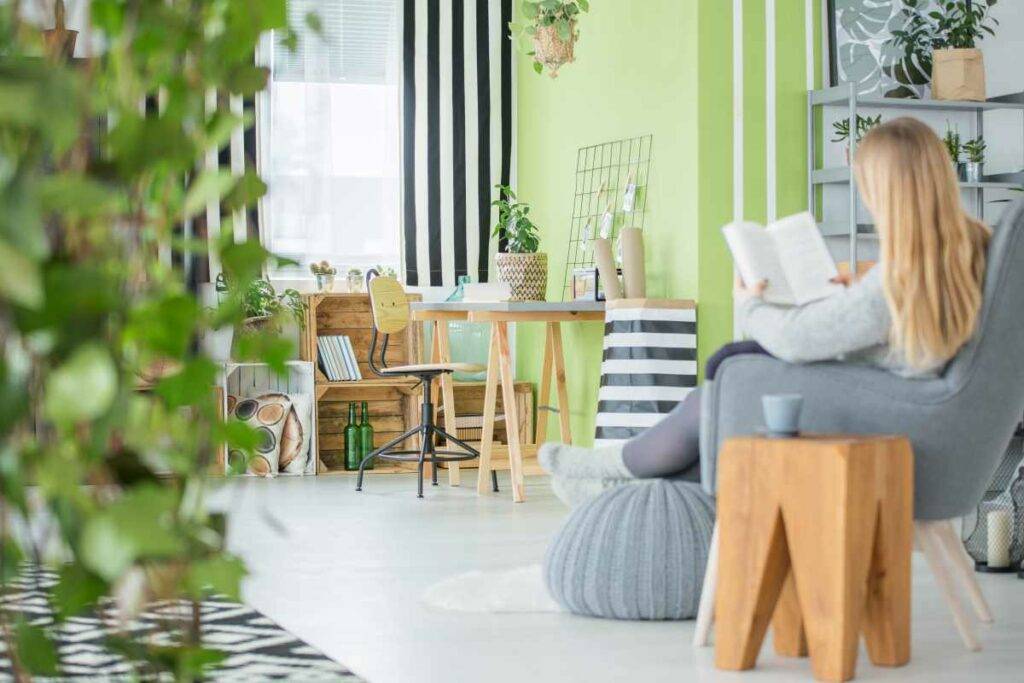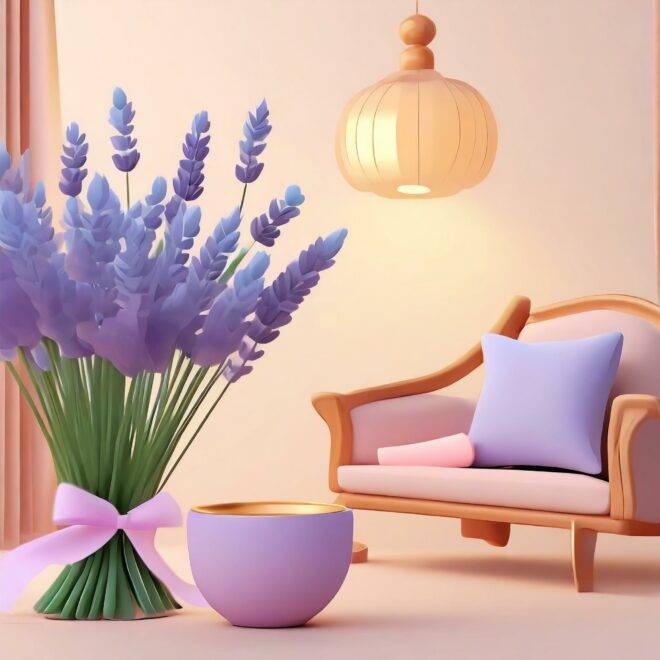Creating a modern home is about more than just following trends, it’s about finding a design that reflects your personality while balancing aesthetics and functionality. As an interior designer, I’ve faced the challenge of creating modern spaces that are both practical and visually appealing. I want to share my experiences and insights, offering advice on how to bring a touch of modernity into your own home.
Modern Home Decor Ideas
Switching to a modern aesthetic can seem daunting, especially if you’re accustomed to traditional styles. One of my first projects involved a family who wanted to transition from a classic to a modern design but didn’t know where to start. They had antiques, heavy drapes, and an assortment of traditional furniture, but they also wanted a fresh, contemporary look.
We started by addressing the layout. By removing a few non-structural walls, we created an open floor plan that made the home feel larger and allowed natural light to flow through. Next, we tackled the color scheme. We chose a palette of soft grays and whites, which immediately brightened the space and laid the foundation for a modern design. Adding modern light fixtures and updated hardware further contributed to the contemporary feel.
Balancing Aesthetics and Functionality
One of the most important aspects of modern design is balancing aesthetics with functionality. A common misconception is that modern design is purely about style, often at the expense of comfort and practicality. This isn’t true, modern design can be both beautiful and functional.
In a project with a family of four, we focused on finding furniture that was not only stylish but also durable and kid-friendly. We chose a sectional sofa with a stain-resistant fabric that could withstand spills and general wear and tear. The ottoman had hidden storage for toys, and we included a coffee table with rounded edges to avoid injuries during playtime. By prioritizing practicality, we created a modern living room that was both elegant and suitable for family life.
The Role of Natural Elements
Natural elements are a key component of modern decor, providing warmth and texture to balance the sleekness of minimalist designs. I once worked on a project where the client wanted a modern space but didn’t want it to feel cold or sterile. We decided to incorporate natural materials like wood and stone to add warmth and character.
One of the most impactful changes was the addition of a reclaimed wood feature wall in the living room. This not only became a focal point but also added a rustic touch that softened the modern lines of the furniture. In the kitchen, we used granite countertops and natural wood cabinetry to create a harmonious balance between modern and organic elements. The result was a space that felt modern yet inviting.
Integrating Smart Technology
Technology has become an integral part of modern home design, but it needs to be implemented in a way that complements the overall aesthetic. I worked on a project with a tech-savvy couple who wanted a smart home without it feeling like a sci-fi movie set. The key was to integrate technology in a subtle and seamless manner.
We installed smart lighting systems that allowed them to control brightness and color with a smartphone app. This flexibility meant they could create different moods depending on the occasion. We also added automated blinds that could be programmed to open and close at specific times, ensuring the home was always filled with natural light when desired. The integration of technology enhanced the home’s functionality while maintaining a clean, modern look.
Personalizing with Art and Statement Pieces
Art and statement pieces are essential for adding personality to a modern home. They can serve as focal points and bring a unique touch to each room. In one project, I worked with a client who had an eclectic taste in art but wanted a cohesive modern design. We carefully curated a selection of artwork and statement pieces that complemented the overall aesthetic without overwhelming it.
The living room featured a large abstract painting that became the centerpiece of the space. To keep the focus on the art, we chose minimalist furniture in neutral tones. In the dining room, we added a sculptural light fixture that served as both a functional element and a piece of art in its own right. These touches added depth and character to the modern design, making it truly unique.
Creating a Cohesive Color Palette
A cohesive color palette is crucial for achieving a modern look. Neutral tones are a common choice, but that doesn’t mean your home has to be boring. I once worked with a client who loved color but wanted a modern design. We decided to use a neutral base with bold pops of color in strategic locations.
In the living room, we used shades of gray and white as the primary colors, then added vibrant throw pillows and a colorful rug to inject personality. The kitchen followed a similar approach, with white cabinetry and stainless steel appliances, complemented by a bright backsplash. This balance between neutral and bold colors created a dynamic yet cohesive design.
Conclusion
Creating a modern home is an exciting journey that involves creativity, innovation, and a deep understanding of design principles. Whether you’re embracing minimalism, integrating technology, or incorporating natural elements, the goal is to create a space that reflects your personality and suits your lifestyle.
As an interior designer, I’ve learned that modern design is about more than just aesthetics, it’s about creating a harmonious environment that feels welcoming and functional. By focusing on open spaces, practical furniture, smart technology, and personalized touches, you can transform your home into a modern sanctuary. Remember, modernity is not about following trends blindly; it’s about finding what works for you and making it your own.
How can I incorporate modern decor into a traditional home?
Transitioning to modern decor in a traditional home can be achieved by blending contemporary elements with classic features. Start with a neutral color palette to create a clean canvas, then add modern furnishings with clean lines. Incorporate natural materials like wood and stone to add warmth. You can also update lighting fixtures and hardware to more contemporary styles while keeping some traditional elements for a cohesive look.
What are some timeless elements of modern home decor?
Timeless elements of modern decor include clean lines, geometric shapes, and a focus on functionality and simplicity. Neutral color palettes, natural materials, and minimalist furnishings are also staples of modern design. By incorporating these elements into your home, you can create a space that feels current and stylish without being overly trendy.
How do you add personality to a modern home without cluttering it?
Adding personality to a modern home can be done through art, statement pieces, and personal touches. Choose a few bold pieces that reflect your style, such as a large piece of artwork or a unique light fixture. Incorporate decorative accessories like throw pillows and rugs in moderation to avoid clutter. Plants and greenery can also add life and color to a modern space without overwhelming it. The key is to maintain a balance between minimalism and personal expression.

